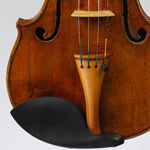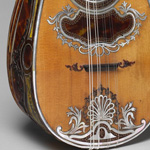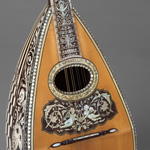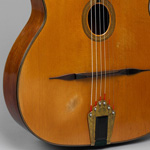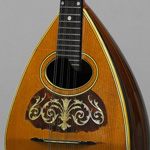From Naples to New York
In the late eighteenth century, Naples was the largest city on the Italian peninsula and one of the largest cities in all of Europe. It had a vibrant musical culture, including a thriving operatic tradition, and had been a center for the production of harpsichords for two hundred years. By mid-century, Neapolitan luthiers were also gaining prominence; families such as the Gaglianos were among the most important in the manufacture of violins, while the Vinaccia and Fabricatore families introduced innovations to the construction of guitars and mandolins. Naples remained the most important center in Italy for the production of stringed instruments through the nineteenth century.
Around the turn of the twentieth century, millions of Italians immigrated to the United States. This mass migration was triggered by the economic situation in Italy, following the political and social turmoil of unification. These immigrants, the majority of whom were from agricultural regions, settled in metropolitan areas such as New York in enclaves known as Little Italys. Metropolitan New York became the major Italian American center, home to a large number of immigrants from southern Italy who brought with them their culture, including their music and musical instruments. In 1880 an ensemble of folk musicians from Spain called The Spanish Students toured the United States playing the bandurria, a small plucked instrument. The group caused a sensation, but their bandurrias were misidentified by the public and the press as mandolins. Italian musicians soon capitalized on this situation by forming their own ensembles and touring the country imitating the Spanish troupe, and a craze for mandolins soon swept America. Between 1880 and 1920 thousands of mandolins were imported from Italy and many luthiers moved to New York and began manufacturing the instruments locally.


 Met Guitars App
Met Guitars App